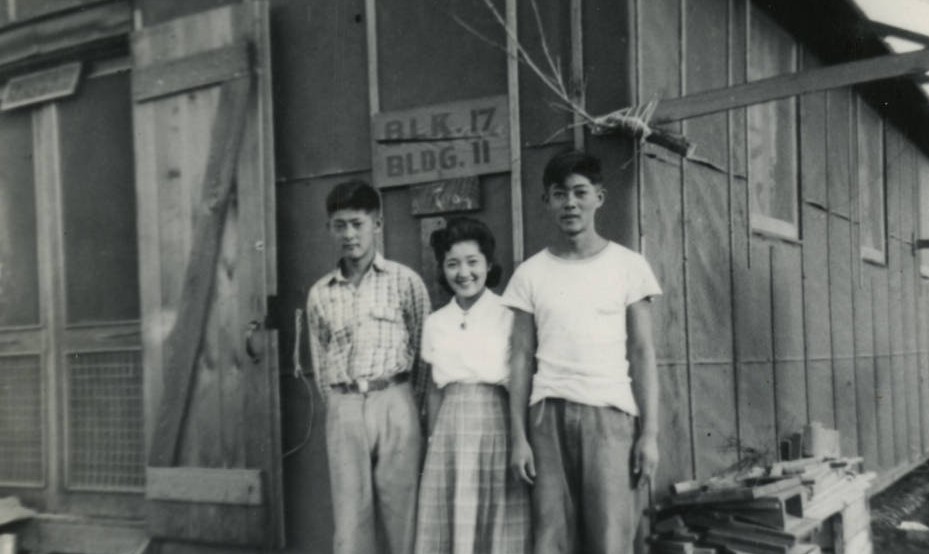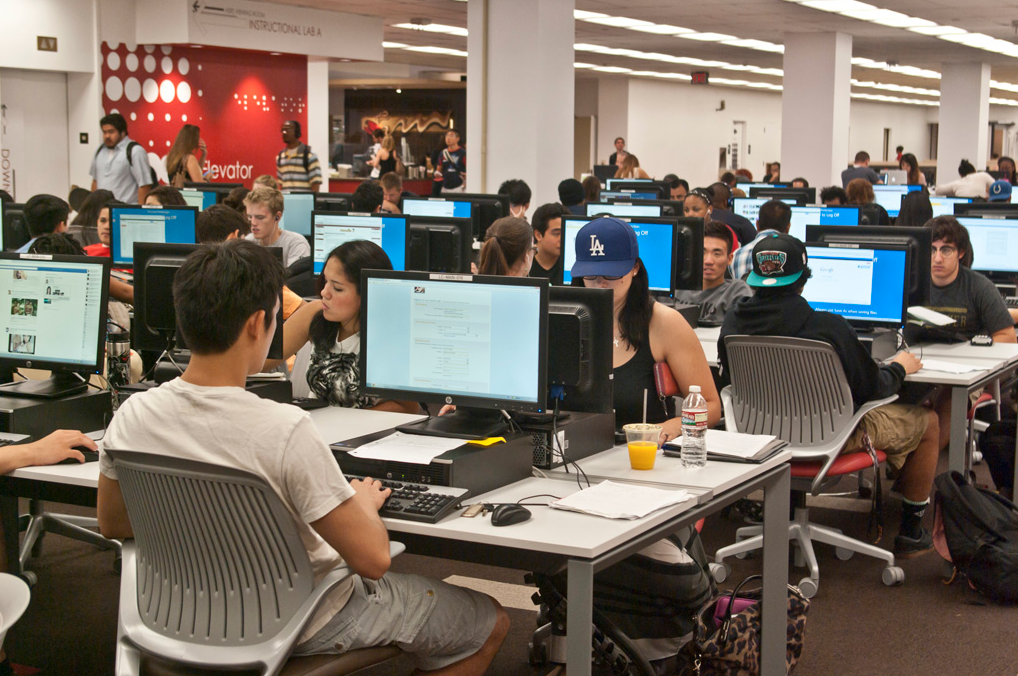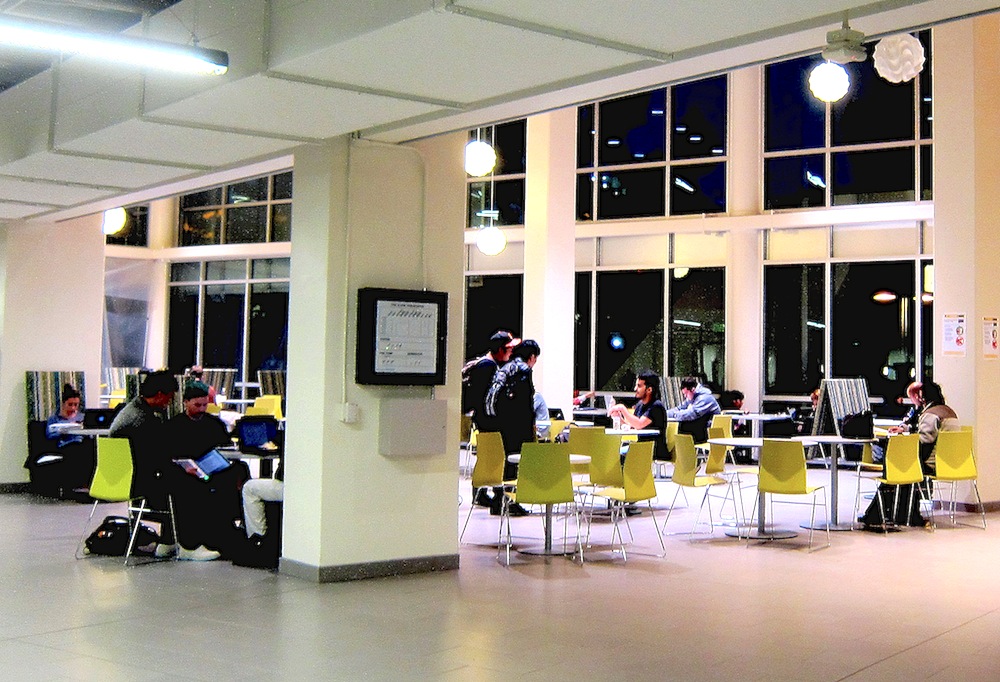The CSU libraries are places where stories live. Special collections and archives protect manuscripts, photographs, letters , oral histories and other historic documents. These departments house a host of unusual, rare and historical materials for our collective memory.
Continue reading
; ?>)

